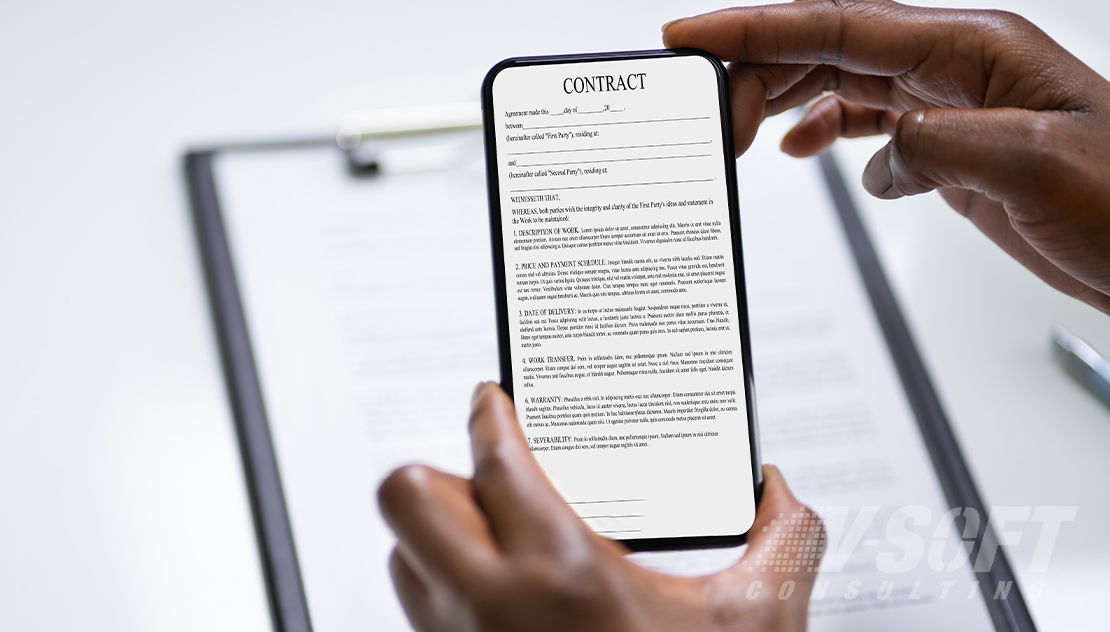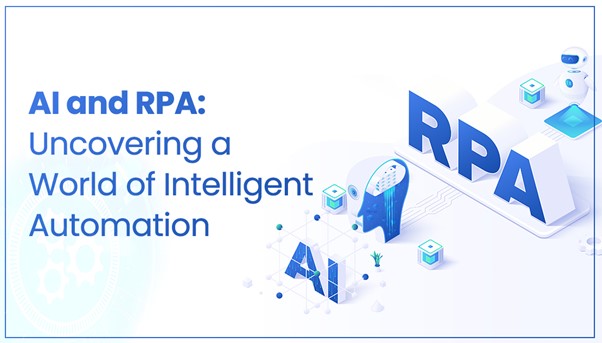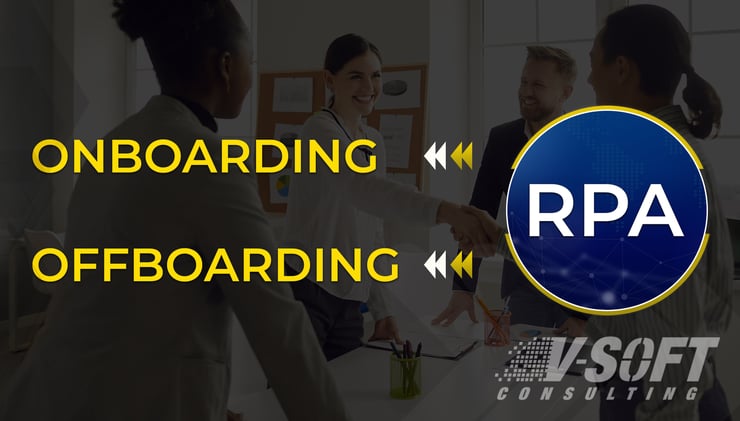Enterprises work with tons of different types of documents from invoices to resumes, and beyond. These documents may contain structured or unstructured data. Additionally, many of these documents may be physical paper copies, especially in traditional environments. Growing industries such as financial services and healthcare still rely on non-digital documents which hinder their digital transformation initiatives.
Digitizing these documents manually is time-consuming, expensive, and prone to errors as employees tend to slip up when performing mundane tasks. If there is a high volume of documents, manual efforts become completely unfeasible. Optical Character Recognition (OCR) technology can intelligently capture data from paper documents, images, emails, and more to streamline and automate processes. OCR technology can be particularly useful when integrated with Robotic Process Automation (RPA) since the latter is being implemented widely in the field of document processing.
RPA Integration with OCR Improves Document Processing Efficiency
OCR can digitize and understand any type of document. It's important to know the different types of documents to optimize your processes.
Structured Documents
This refers to documents that are usually based on a fixed template and the information is in a consistent format. For instance, standard forms are likely to have the fields and corresponding values positioned in the documents consistently regardless of the number of copies. Using OCR and rule-based RPA bots to automate the extraction of data from these documents is relatively easy.
Semi-Structured Documents
These documents may have some amount of consistency such as all copies may have the same fields, but their positioning may vary because of which rule-based data capture may not be accurate. To overcome this, both rule-based and pre-trained ML models can be used to ensure higher accuracy.
Unstructured Documents
These are documents that do not have a fixed format at all, fields are unpaired and are positioned without consistency. Automated extraction of data using OCR from these types of documents would not be of much use in RPA unless they are converted to structured data. Machine Learning models can be trained to translate extracted texts into actionable data. Natural Language Processing (NLP) techniques can be used to make ML models more accurate when converting unstructured information into structured data.
Benefits of Intelligent OCR and RPA Integration
Adding OCR software into your RPA implementation along with NLP techniques provides several benefits to the enterprise.
Increases Speed
Manually extracting and processing large volumes of data from documents consumes a lot of valuable time. Automating these tasks with OCR can reduce the time significantly as software bots can work 24/7 without fatigue. A large number of documents can be processed in a short amount of time when compared to manual extraction and processing.
Improves Accuracy
Along with speed, the manual extraction, and processing of data creates adverse effects on the accuracy of data as human workers are prone to errors. An intelligent RPA application can be far more accurate when extracting data from even unstructured documents and multiple formats including images, emails, and paper documents.
Faster Digitization
New OCR software along with RPA is exceedingly effective at reading data from images, emails, and pdfs into digital format. The information can then be processed by bots without requiring manual data capture. For instance, data from pdf invoices or bills in image formats can be quickly read into the RPA process without requiring manual intervention.
Reduces Cost
Reducing the time required to scan and process documents ensure accuracy and reduce labor and operational costs. The cost of an RPA and OCR implementation pays for itself once launched.
















